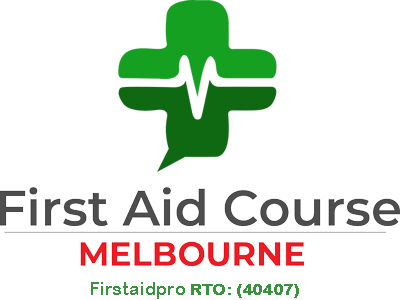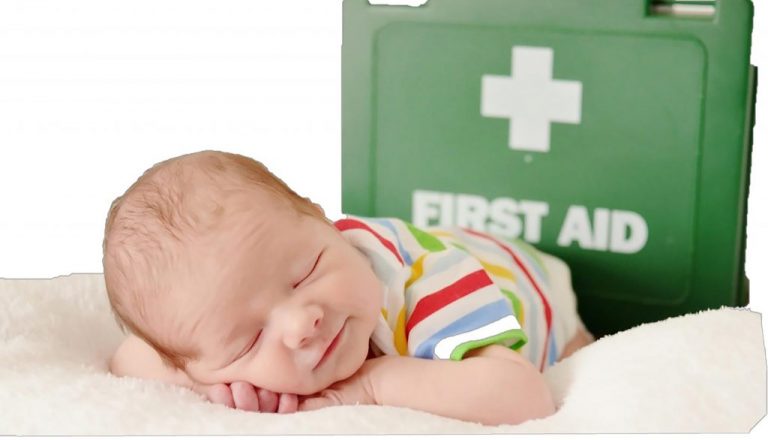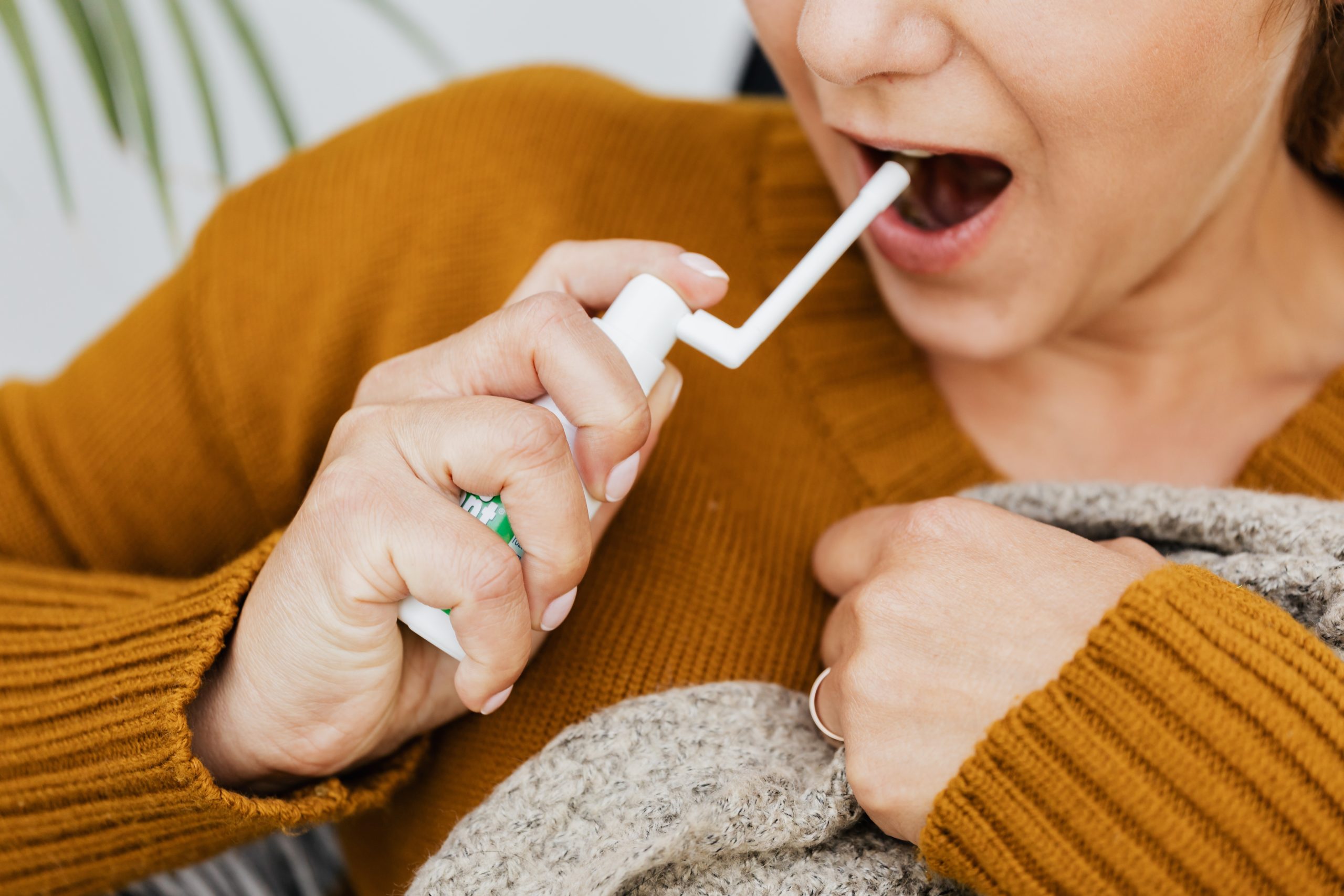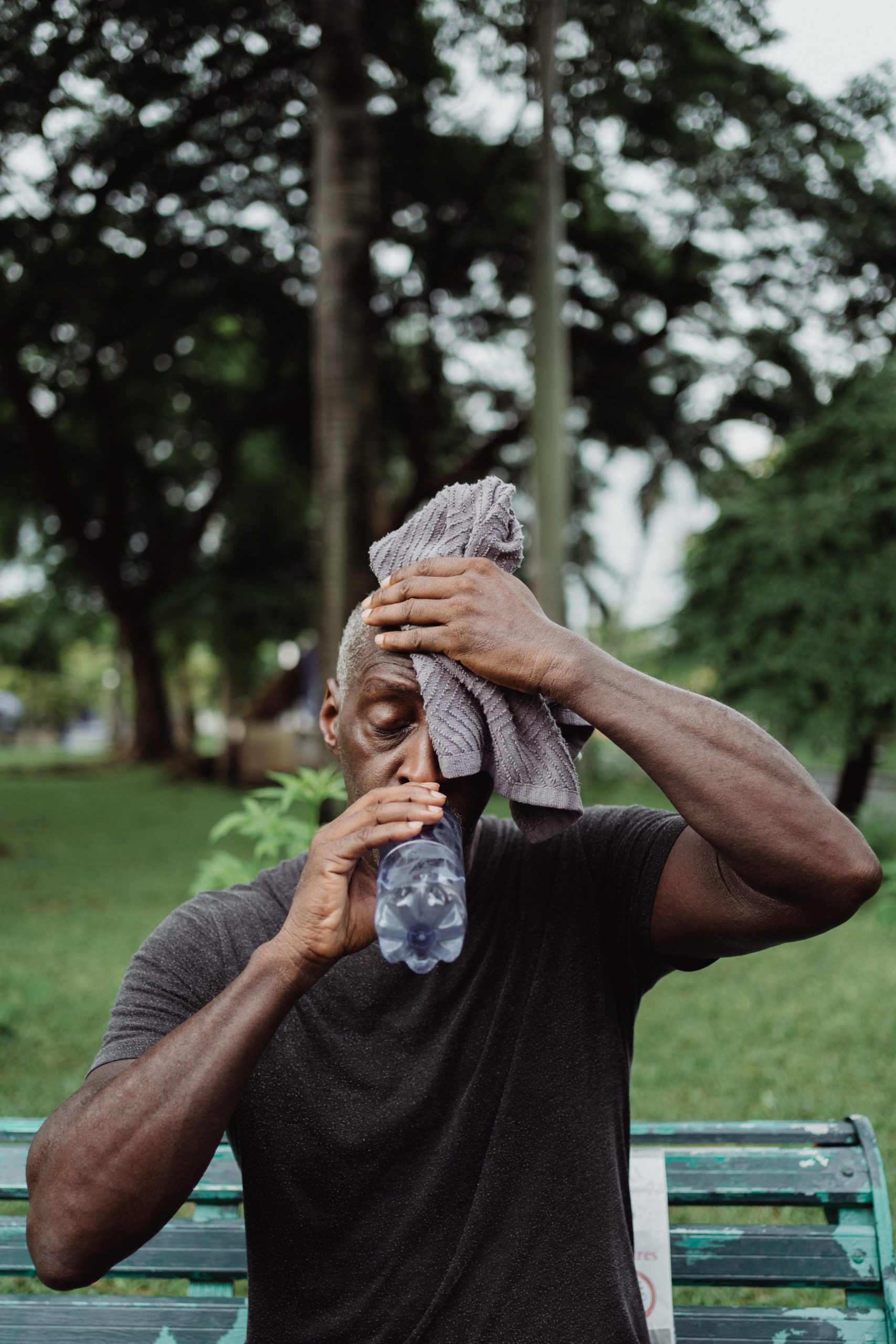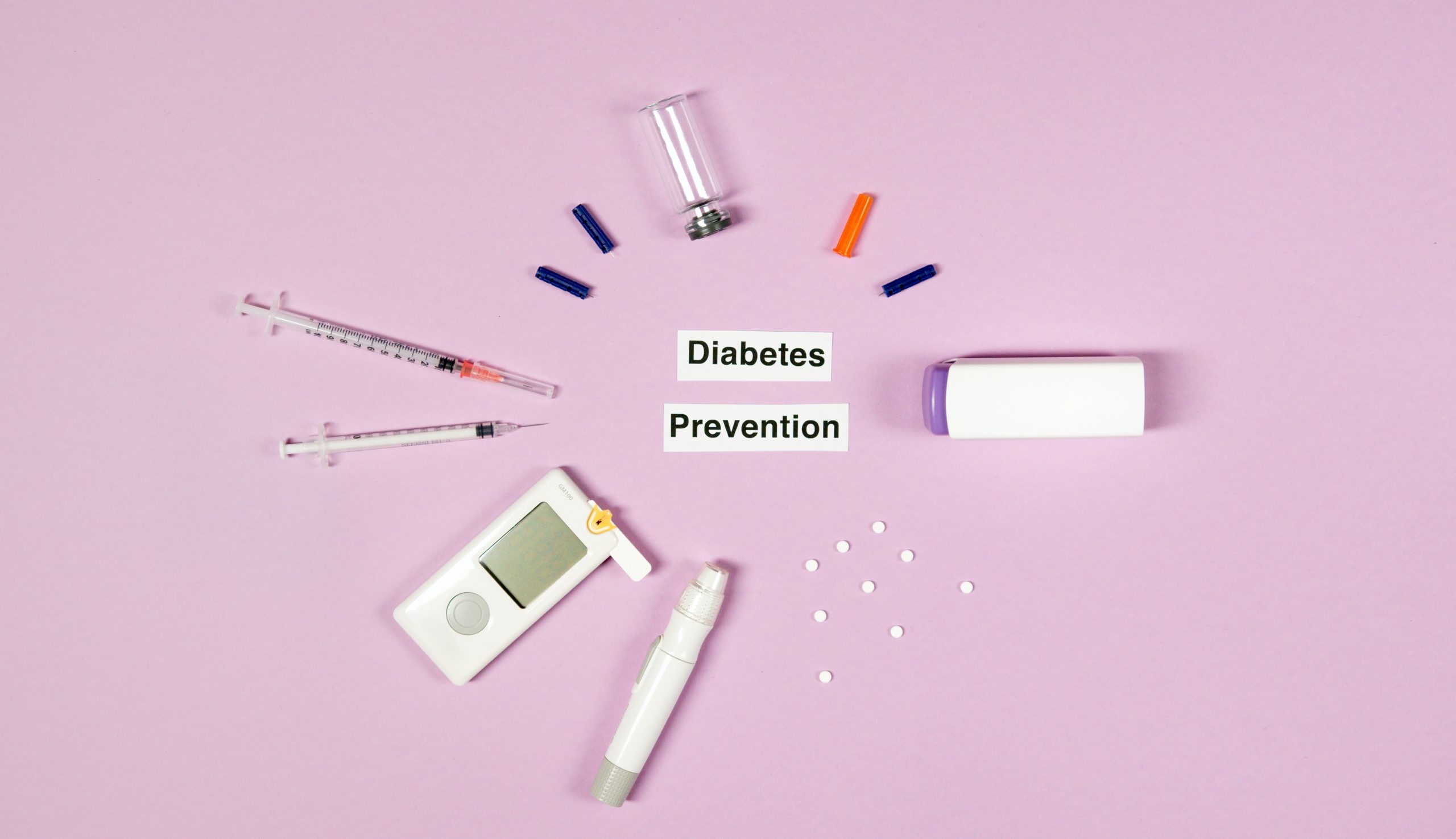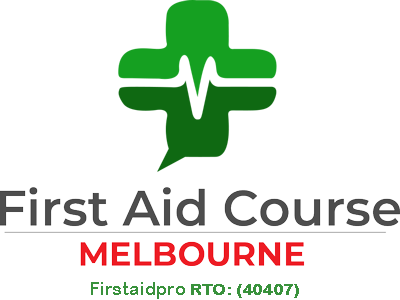Almost all children will experience a bump on their heads, especially toddlers and babies who are just learning to roll over, crawl, or walk. As parents or guardians, these incidents may cause us to worry so much that our anxiety is usually worse than the actual injury.
Head injuries occur more often in young children than in adults. When making a comparison, younger children cannot control their heads better than adults. Their head is larger than their tiny, fragile bodies and their neck and leg muscles are not as well developed. For these reasons, parents and guardians have the right to worry when their little ones are involved in an injury or accident.
Head Injury in Children
Head Injury or head trauma can lead to a range of medical and surgical problems, ranging from mild to severe. Every year, childhood head injuries result in thousands of emergency room visits and hospitalisations in Australia.
Although most of the cases are minor, thousands of young children still die, and others will develop permanent disabilities from head trauma.
The most common causes of head injuries in children are falls, motor accidents, assaults, domestic violence, bicycle accidents, and sports-related injuries. In infants, less than 12 months old, most serious head injuries are caused by negligence or child abuse.
Bumps, cuts, and minor scrapes to the head and facial area tend to heal well and can be treated the same as other normal injuries. Do not be fooled by a superficial cut on the head that bleeds heavily. The human head, including the face, has many blood vessels underneath that bleed heavily when injured. The bleeding is alarming, but often these injuries are minor, and you can stop the bleeding with home first aid treatment.
Young children’s serious head injuries often come from falls and inflicted head injuries (abuse), such as the shaken baby syndrome.
Following an injury, look for the following signs that may indicate a serious head injury in children:
- a long period of unconsciousness
- fits or seizures
- hearing and vision problems such as hearing loss or double vision
- repeated vomiting
- blood or clear fluid coming from the ears or nose
- memory loss (amnesia)
Seek help from your local doctor or an emergency department if you observe any of the following symptoms within the first 48 hours.
Bruises from a Head Injury
Small yet loud bangs on the child’s head can lead to large bruises and soft swelling on some parts. It is because the child’s scalp has great quantities of blood supply, and the bone of the skull is located under the skin. Meaning, there is ‘no’ padding or any form of blocker that can prevent the knock.
In most cases, the severity of the bruises can be treated by applying ice to the swelling area. Make sure to cover the ice in a damp cloth to avoid putting something very cold directly on the skin.
The swelling of the area of injury should go down in a few hours, leaving bruises purplish in colour and a small spot of pain. If the swelling stays for several days, seek medical advice from your doctor.
Cuts from a Head Injury
Cuts on the scalp and facial area will bleed a lot because of the good blood supply on those areas. First Aid for cuts will require you to put a clean dressing over the wound and apply pressure for five or 10 minutes.
If the bleeding has not stopped or slowed down after 10 minutes, it is recommended to seek medical advice. Long and deep cuts may have a quicker and stronger recovery if treated by a doctor or any health professional.
Delay Symptoms from a Head Injury
Remember that head injury symptoms can be hard to detect at first but can show several days after the incident. In the following days/weeks, make sure to look for the following symptoms – irritability, mood swings, concentration problems, and behavioural changes.
Learn more about how to treat symptoms of head injury in a First Aid Training course.
